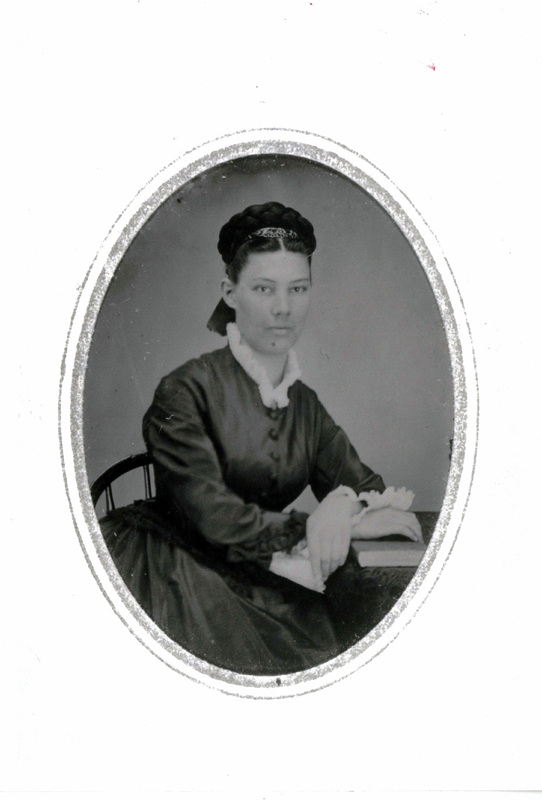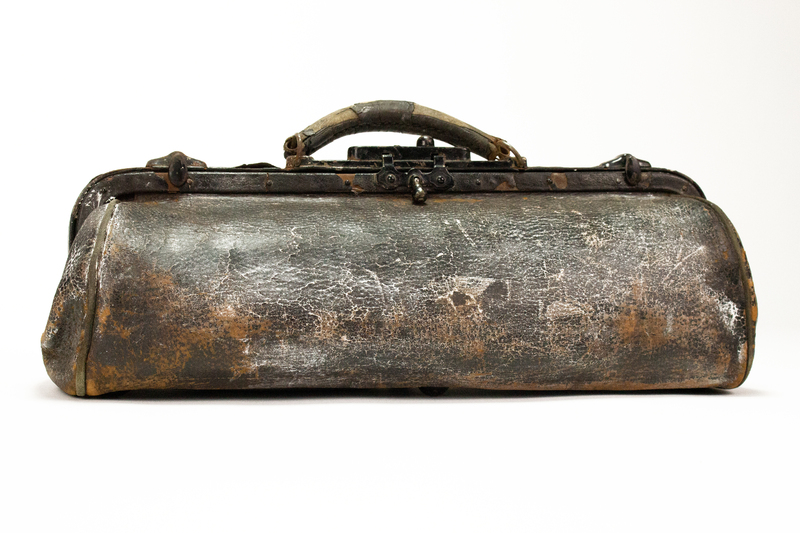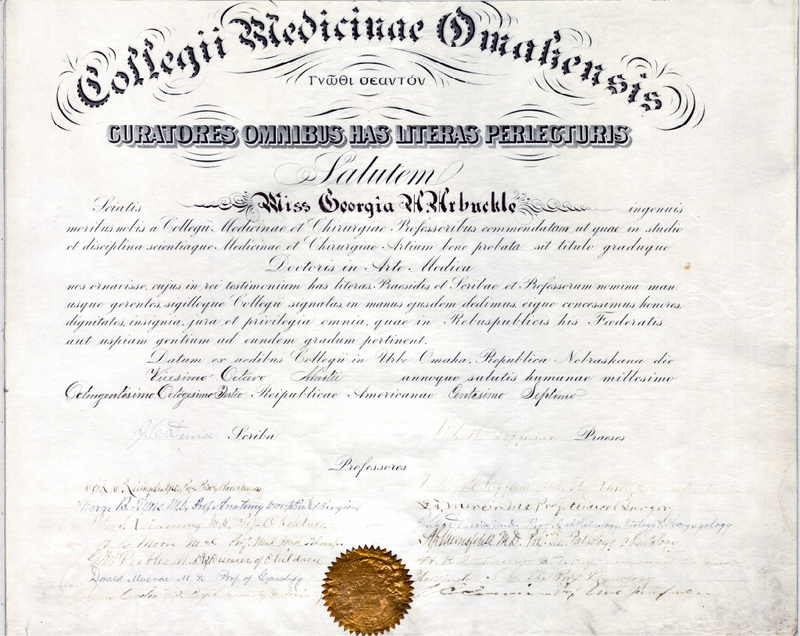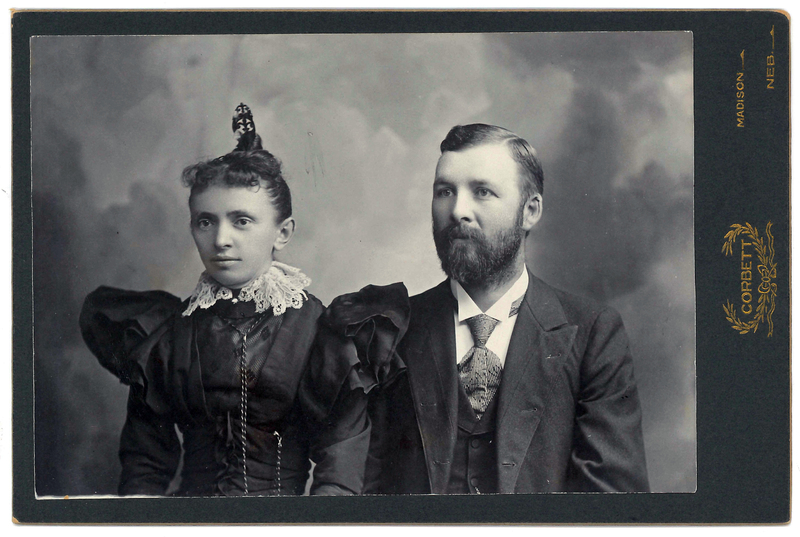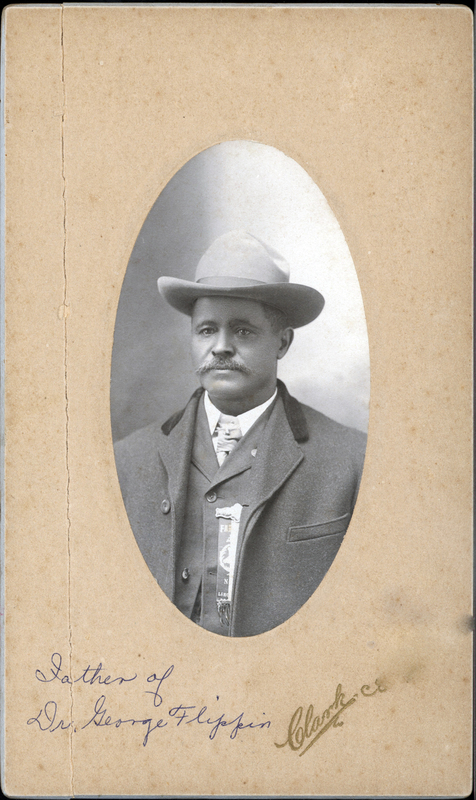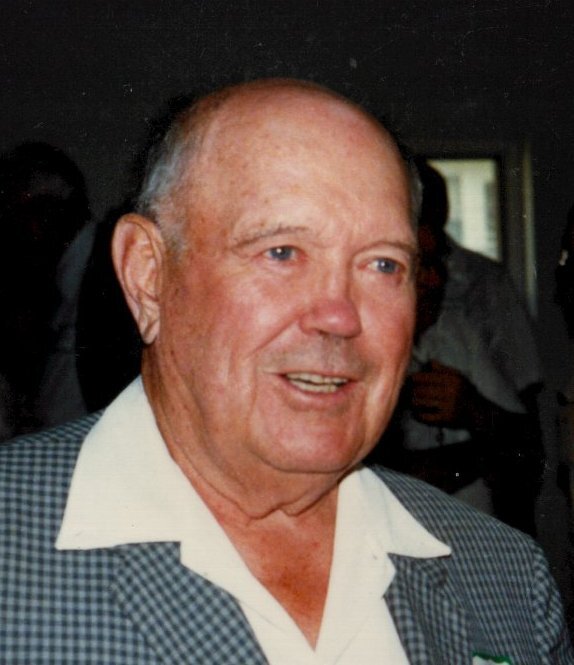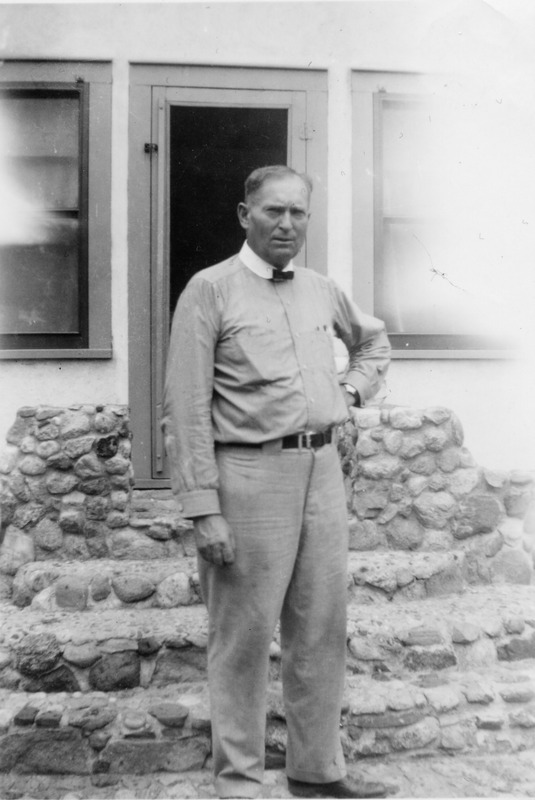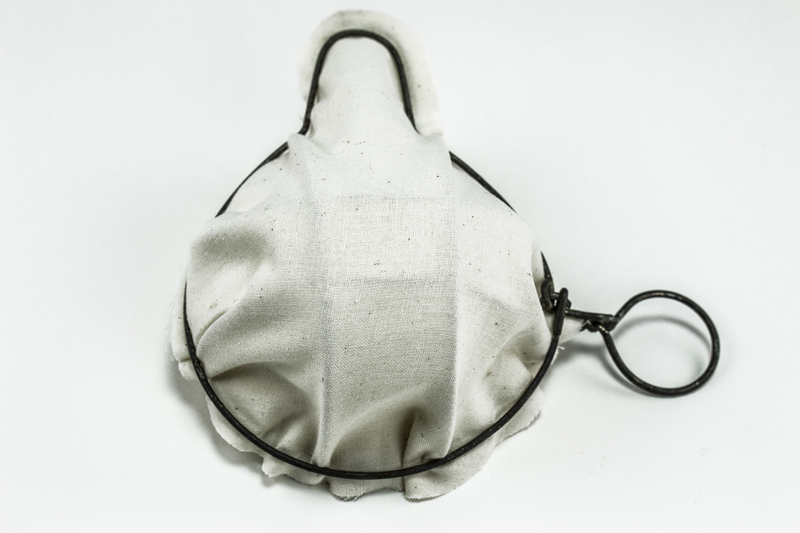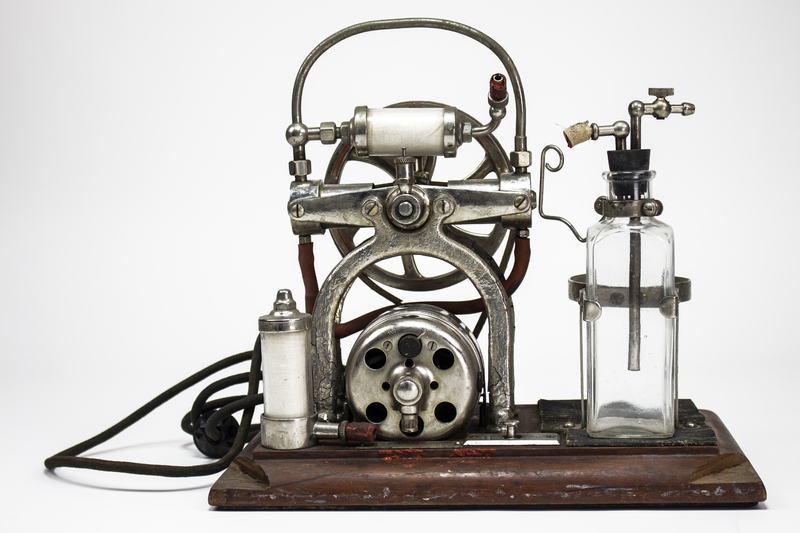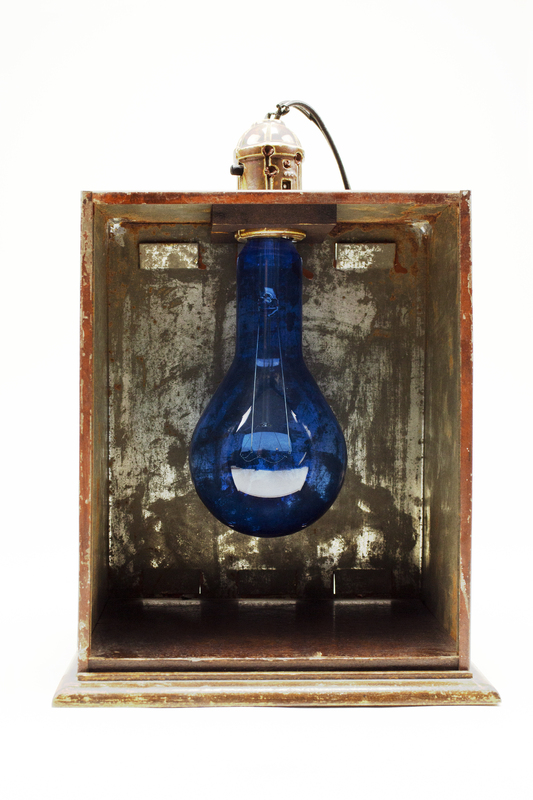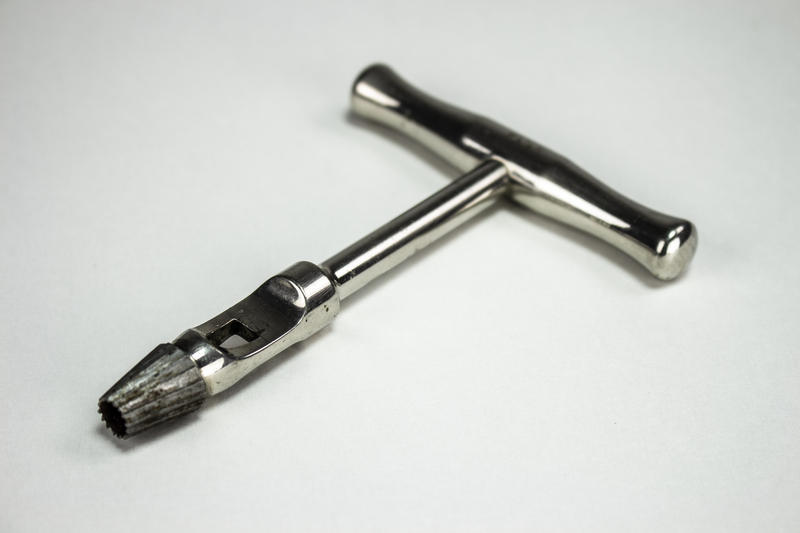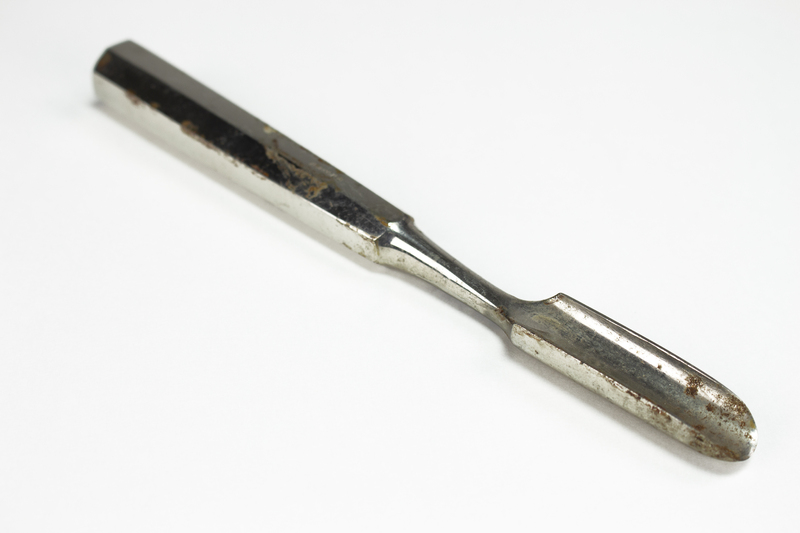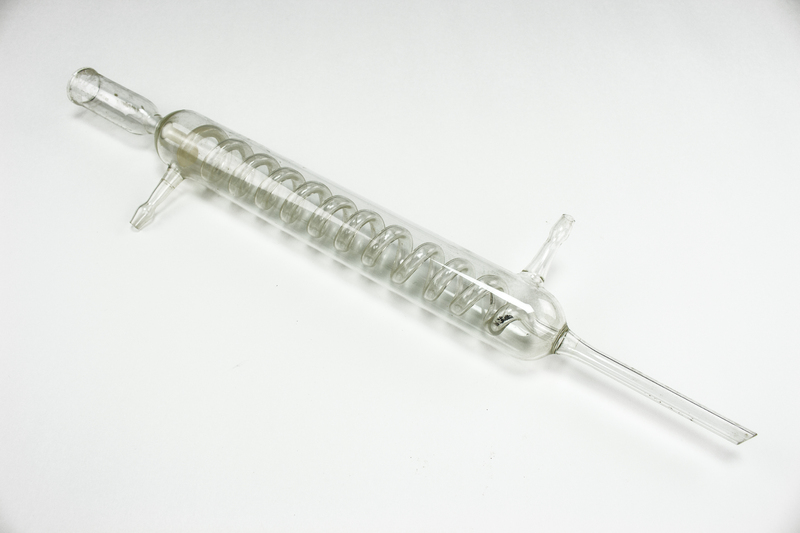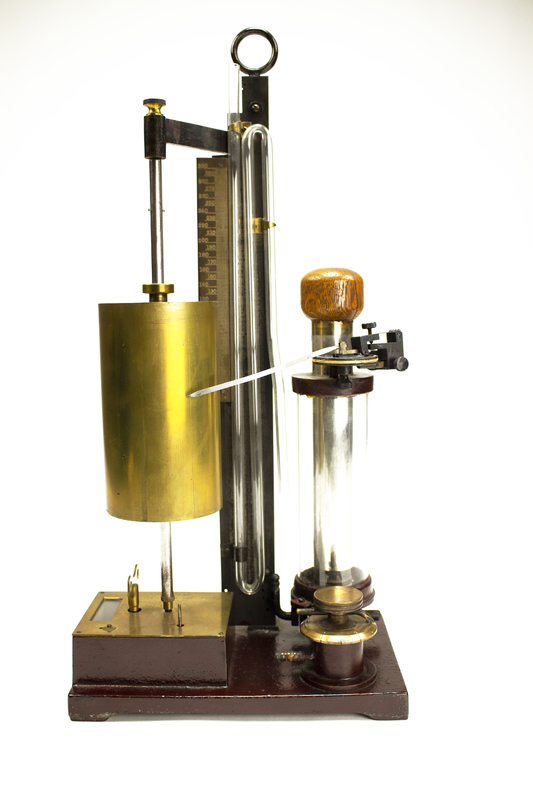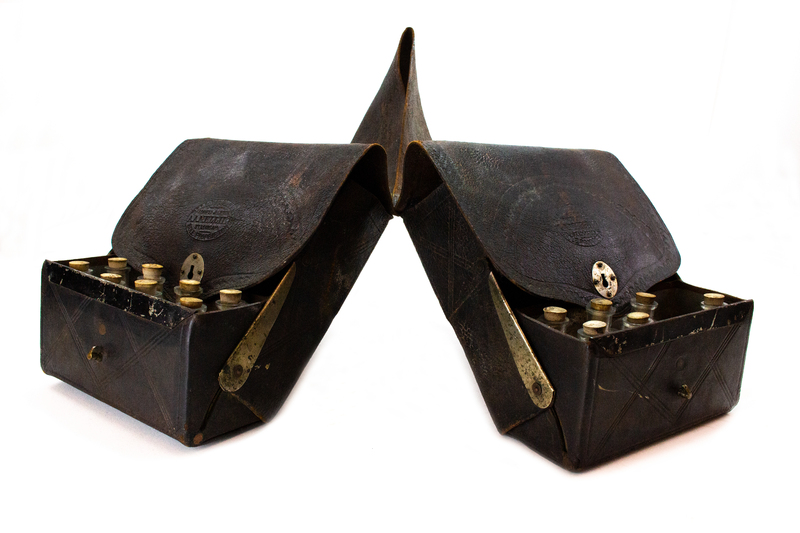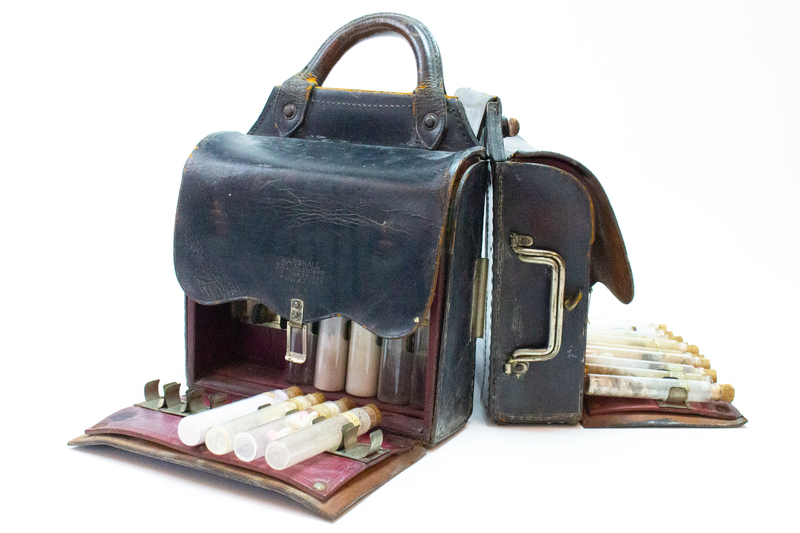Georgia Arbuckle Fix, MD
Panhandle homesteader, respected healer, and literary inspiration
Born April 16, 1852, in Princeton, Missouri, Georgia Arbuckle Fix, MD, came to Omaha under the guardianship of her family’s physician. Encouraged by him to study medicine, Dr. Fix enrolled in the Omaha Medical College and graduated in 1883—the only woman in her class and the college’s first female graduate.
Dr. Fix became Vice President of the Douglas County Medical Society in 1884 and practiced in Omaha for three years. In 1886, she followed her family west, settling in Gering, Nebraska. There she married Gwen Fix, but they divorced a year later.
The only physician in a 75-mile radius, Dr. Fix was a well-regarded healer and had a dogged determination to help her patients. She died in 1918 but lives on as one of the inspirations for Mari Sandoz’s Miss Morissa, “lady doctor” of the frontier.

